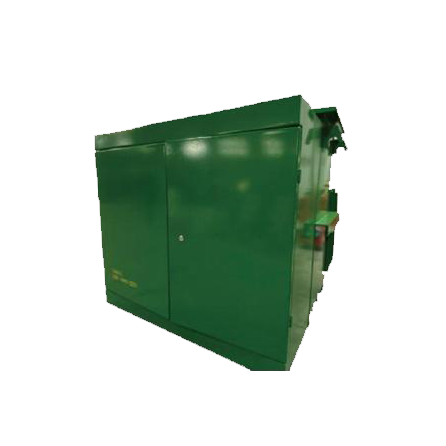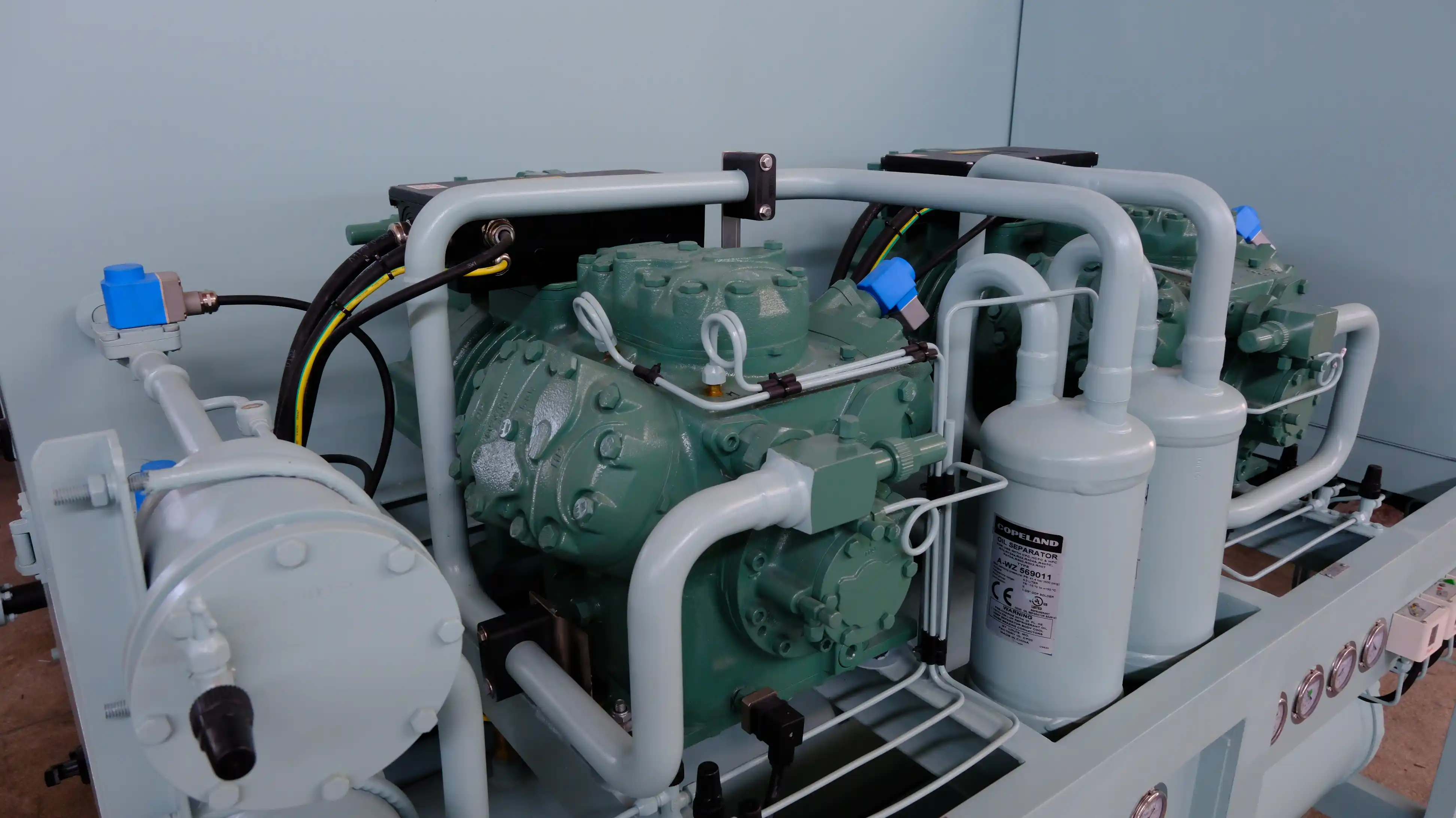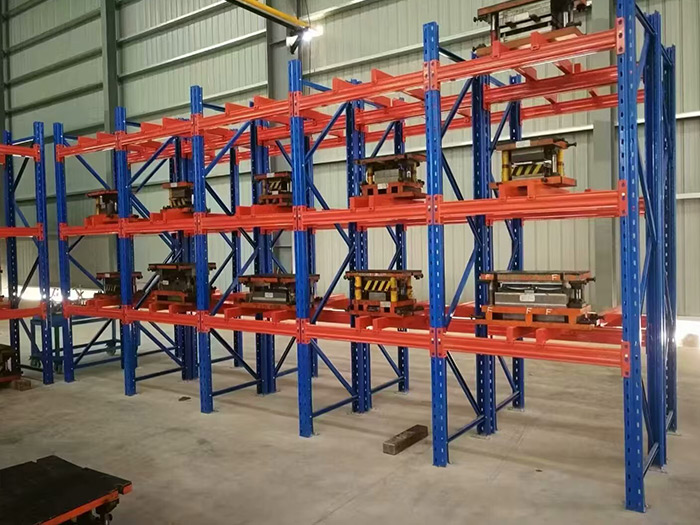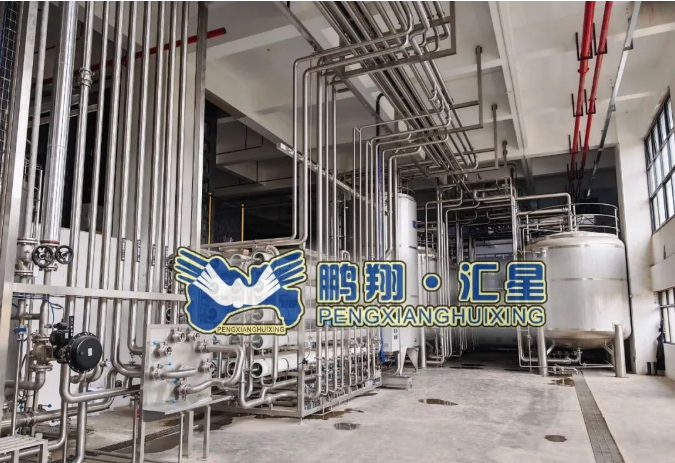Unveiling Quartz Porphyry: The Intricacies of a Unique Igneous Rock
Quartz porphyry is a fascinating and complex type of igneous rock that has garnered significant attention in geological studies and applications. This article delves into the characteristics, formation processes, and practical implications of quartz porphyry, providing a comprehensive understanding of its role in both natural and human-made environments.
Understanding Quartz Porphyry
At its core, quartz porphyry is an igneous rock characterized by its distinct texture and mineral composition. It is classified as a porphyritic rock, which means it contains larger crystals, known as phenocrysts, embedded within a finer-grained matrix called the groundmass. In the case of quartz porphyry, the phenocrysts are predominantly quartz, along with other minerals such as feldspar and biotite, while the groundmass is typically composed of a mix of fine-grained quartz and feldspar.
Formation Process
The formation of quartz porphyry is a result of complex geological processes. It typically forms from the slow cooling of magma beneath the Earth's surface, allowing larger crystals to develop. This slow cooling occurs in a magma chamber, where the temperature and pressure conditions are conducive to the growth of phenocrysts. Once the magma rises to the surface, it undergoes rapid cooling, resulting in the fine-grained groundmass that characterizes quartz porphyry.
The geological environment in which quartz porphyry forms is often associated with volcanic activity, particularly in areas with a history of subduction zones or continental rifting. The presence of silica-rich magma is crucial for the formation of quartz porphyry, as it leads to the crystallization of quartz and other minerals during the cooling process.
Key Characteristics
- Texture: The most distinguishing feature of quartz porphyry is its porphyritic texture, which showcases a stark contrast between the larger phenocrysts and the finer-grained matrix. This texture not only aids in identification but also provides insights into the cooling history of the rock.
- Color: Quartz porphyry can exhibit a range of colors, from light gray to pink or reddish hues, depending on the mineral composition and the presence of iron oxides.
- Mineral Composition: While quartz is the dominant mineral, the presence of feldspar and other accessory minerals contributes to the rock's overall characteristics. The specific ratios of these minerals can vary, leading to different subtypes of quartz porphyry.
Applications and Significance
Quartz porphyry is not only of academic interest but also has practical applications in various industries. Its durability and aesthetic appeal make it a popular choice in construction and landscaping. The rock is often used as a decorative stone in buildings, monuments, and pavements, thanks to its attractive appearance and resistance to weathering.
In the field of geology, quartz porphyry serves as an important indicator of past volcanic activity and can provide valuable information about the tectonic history of a region. Geologists often study quartz porphyry to understand the processes that lead to the formation of mineral deposits, particularly in the context of porphyry copper deposits, which are significant sources of copper and other metals.
Conclusion
In summary, quartz porphyry is a unique and multifaceted igneous rock that offers a wealth of information about geological processes and has practical applications in various fields. Its distinctive texture, mineral composition, and formation history make it a subject of interest for both geologists and industry professionals. Understanding quartz porphyry not only enriches our knowledge of Earth's geological history but also highlights the interplay between natural processes and human utilization of geological resources. As we continue to explore and study this remarkable rock, we uncover more about the dynamic processes that shape our planet.




